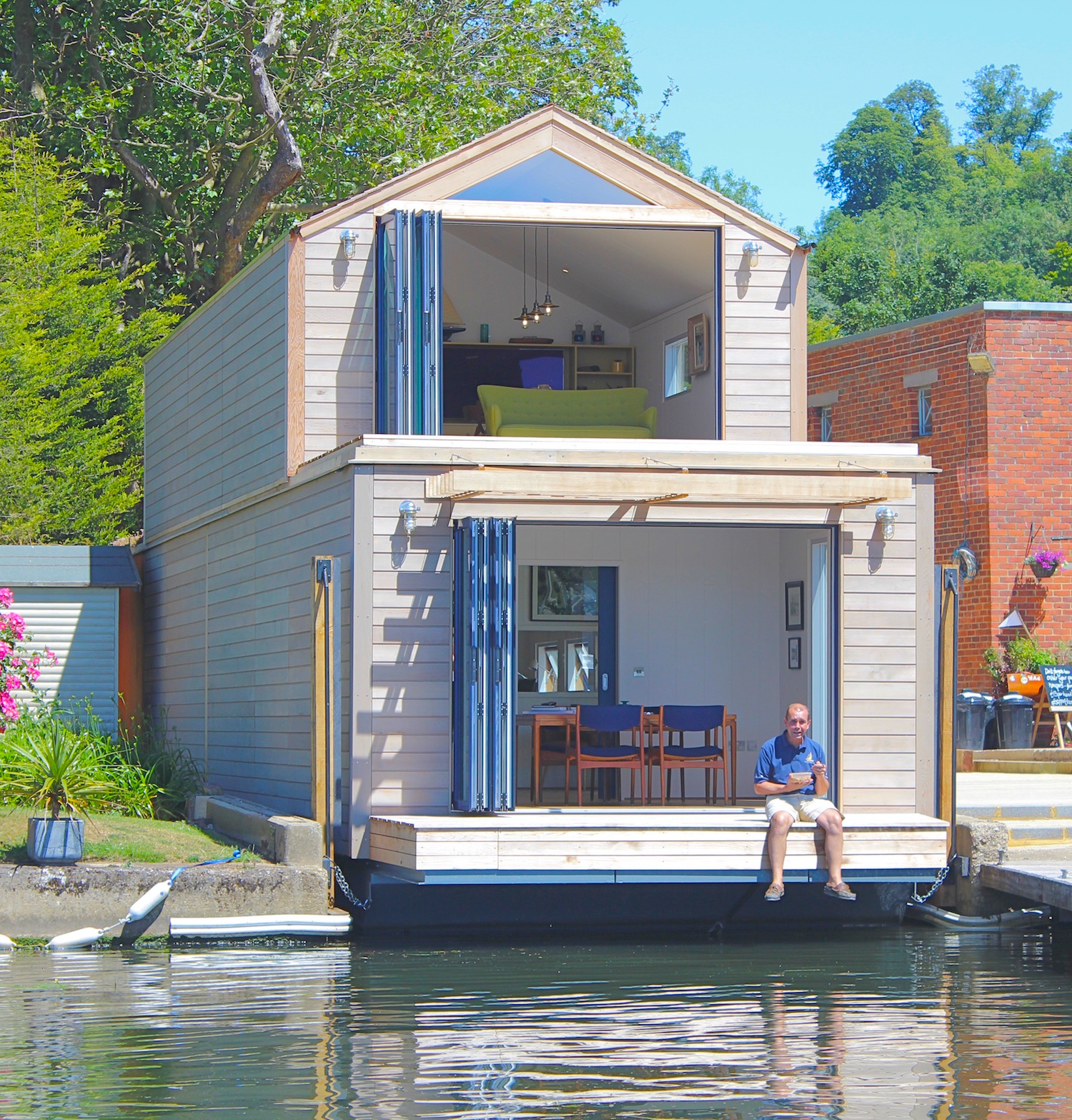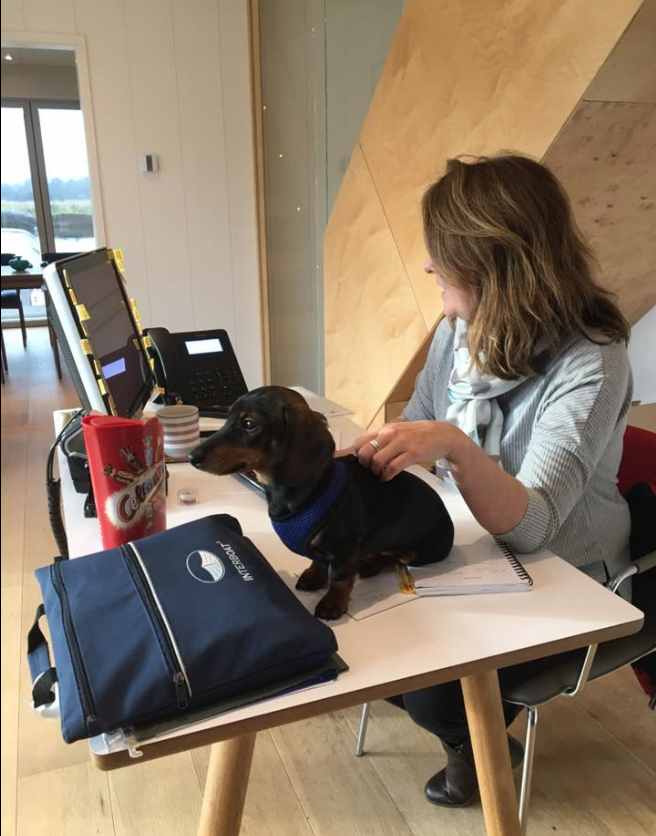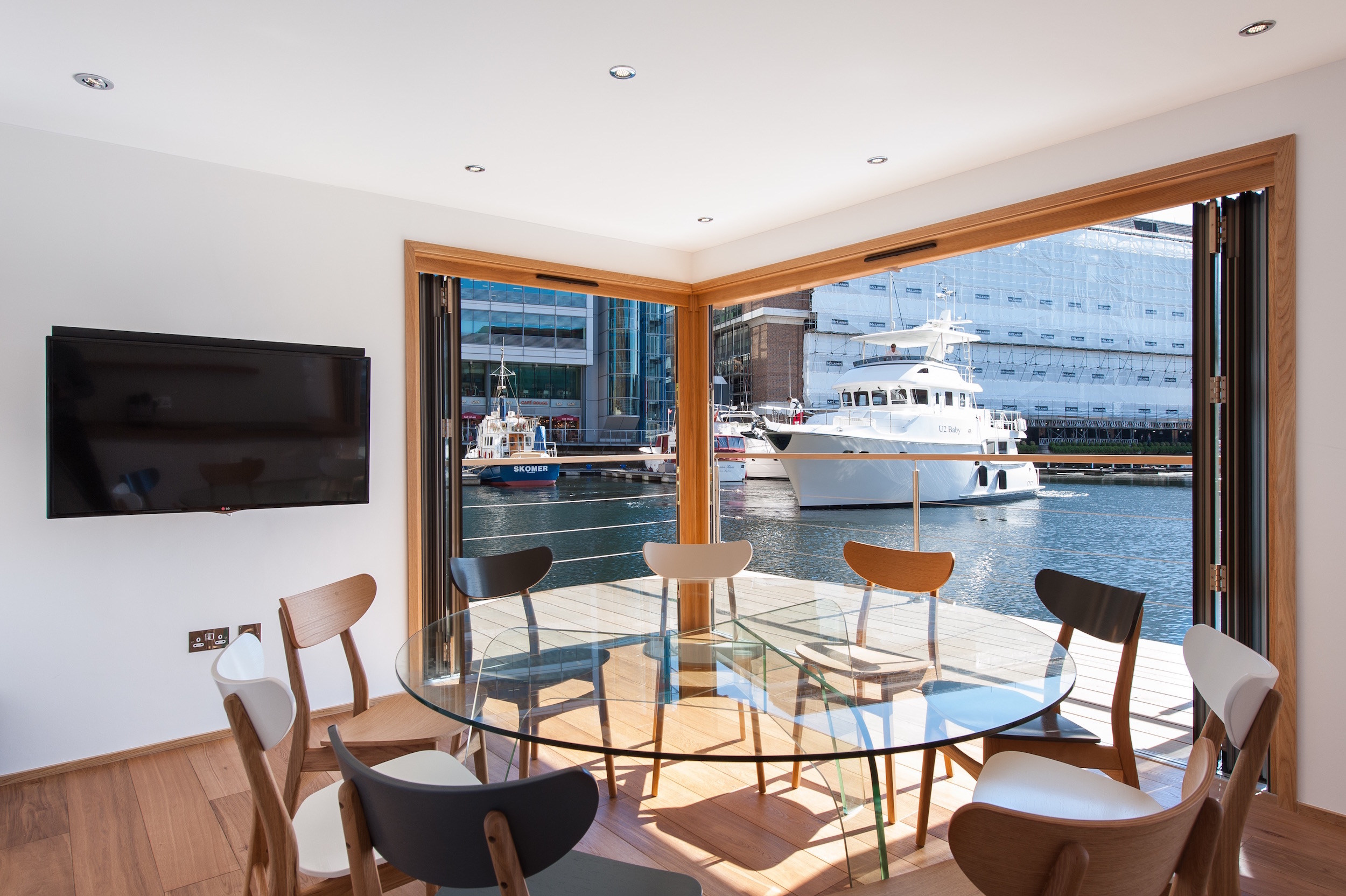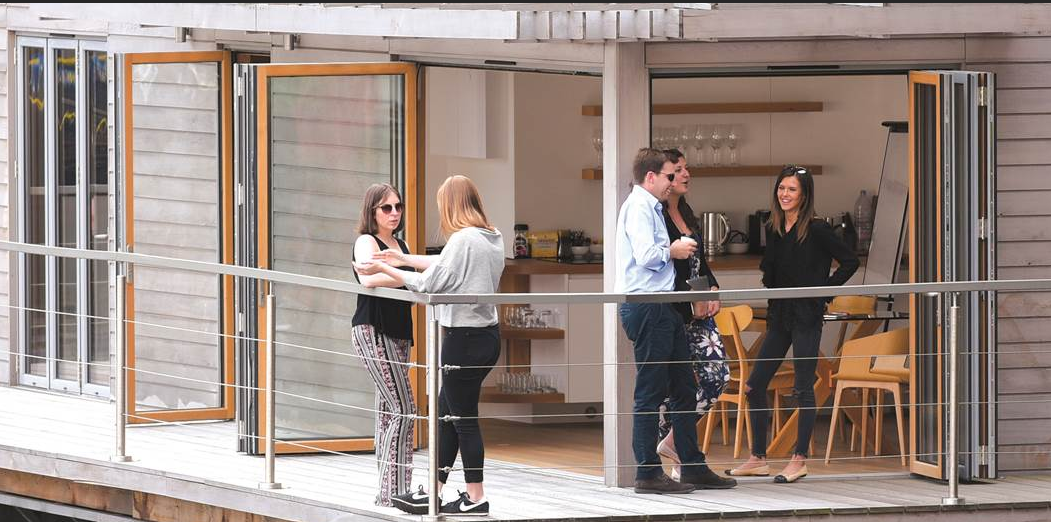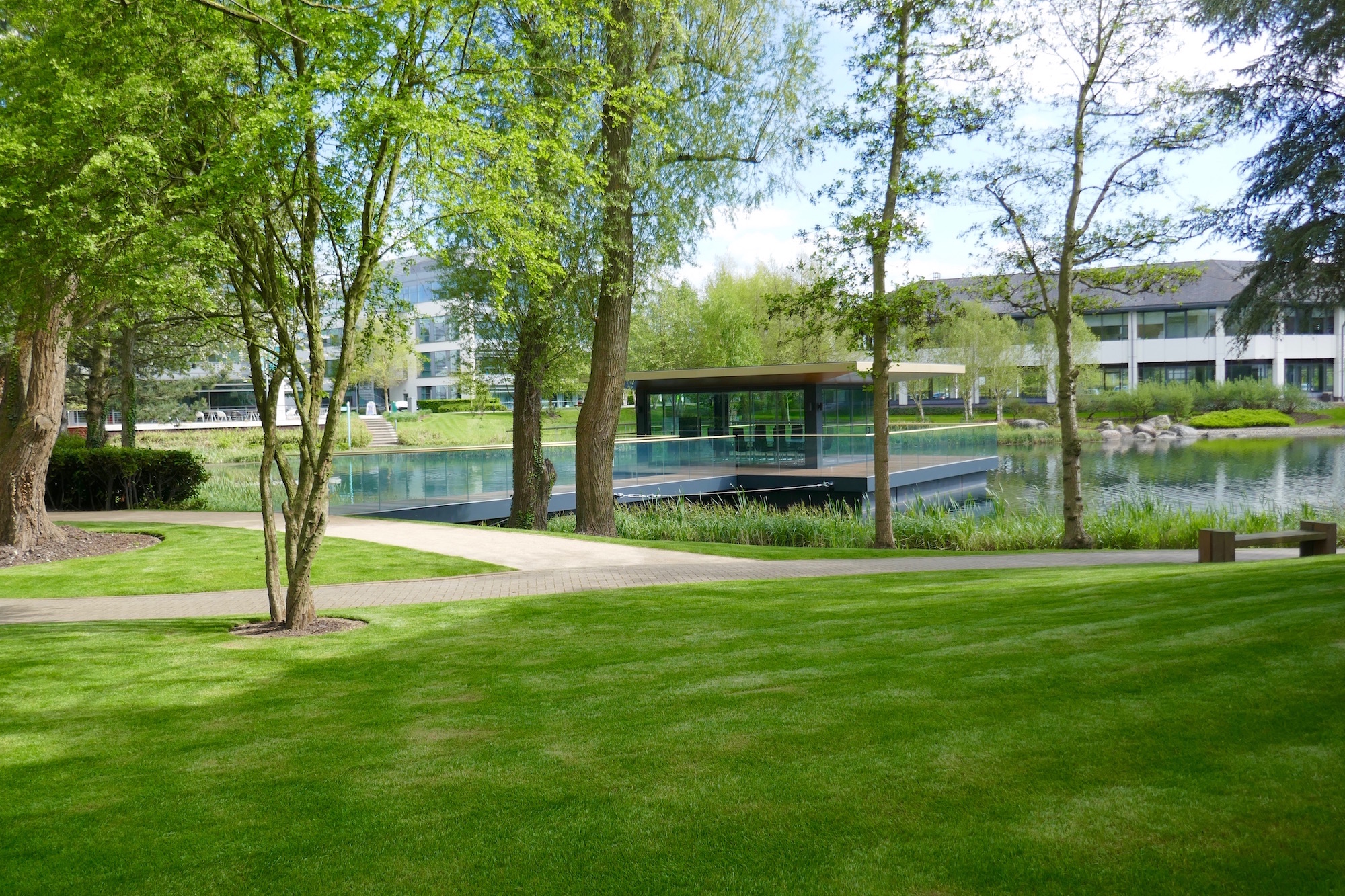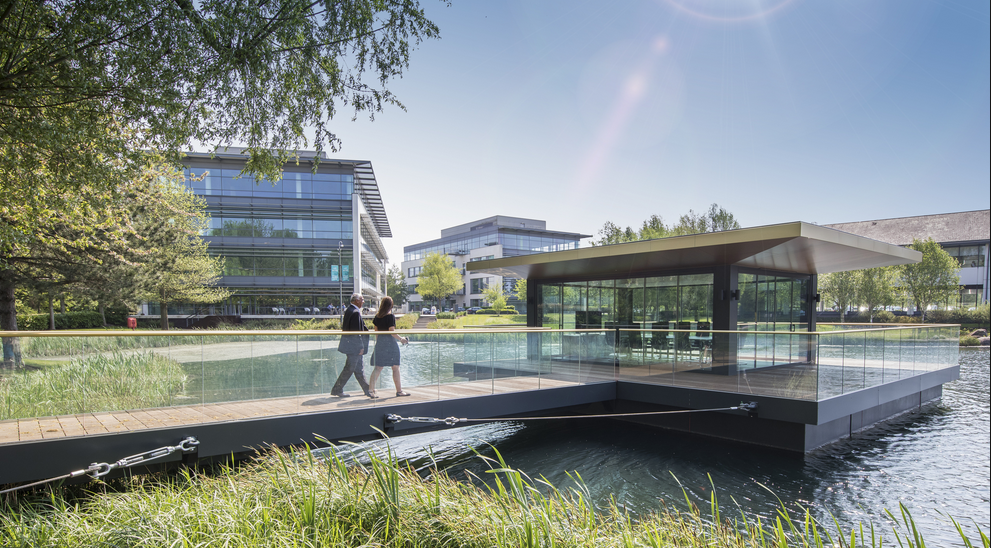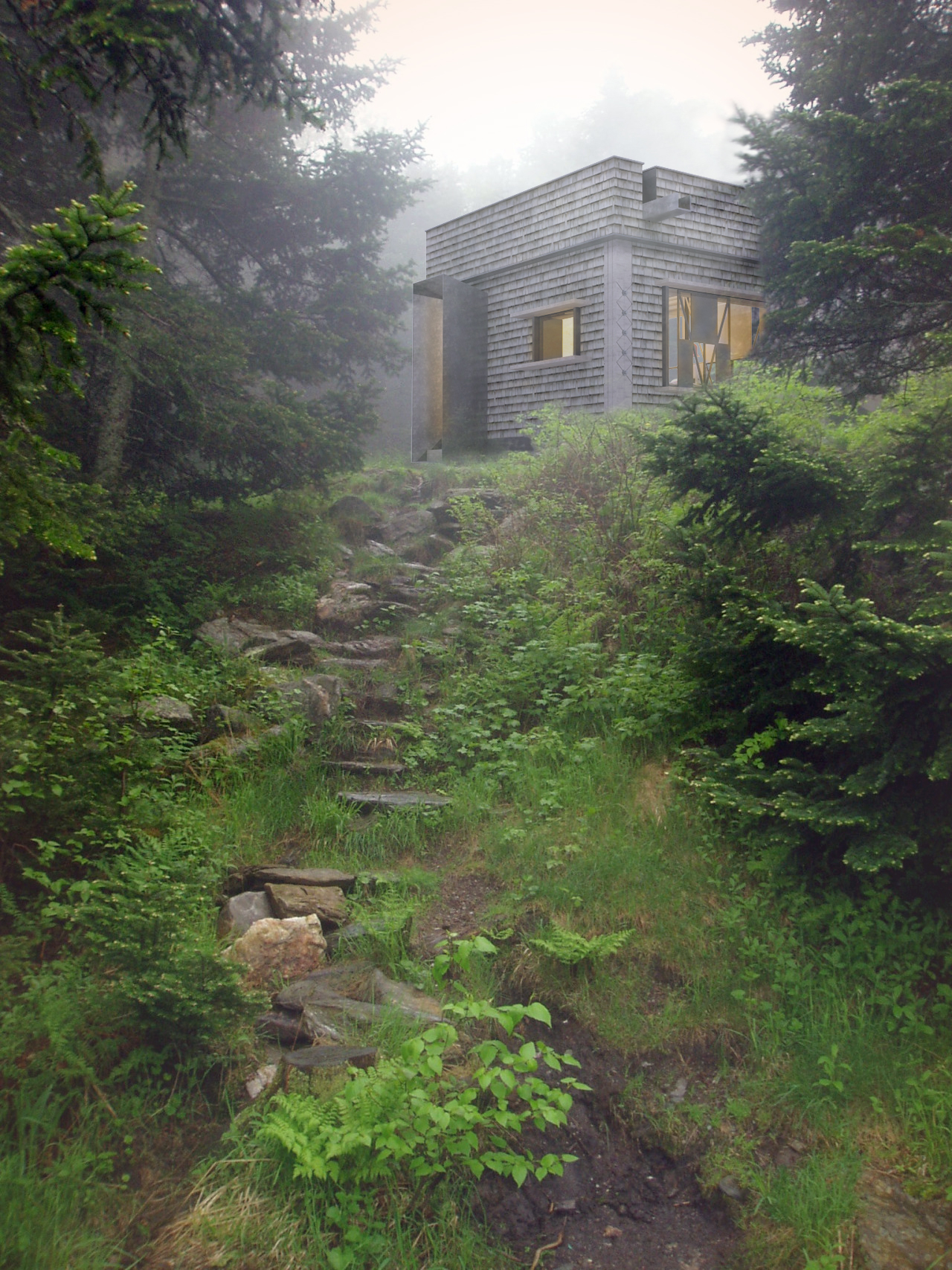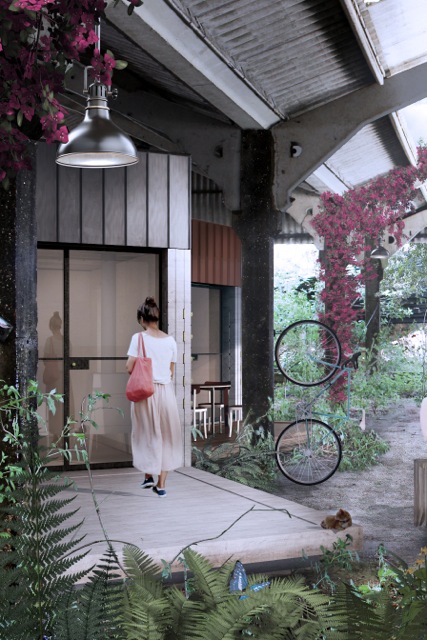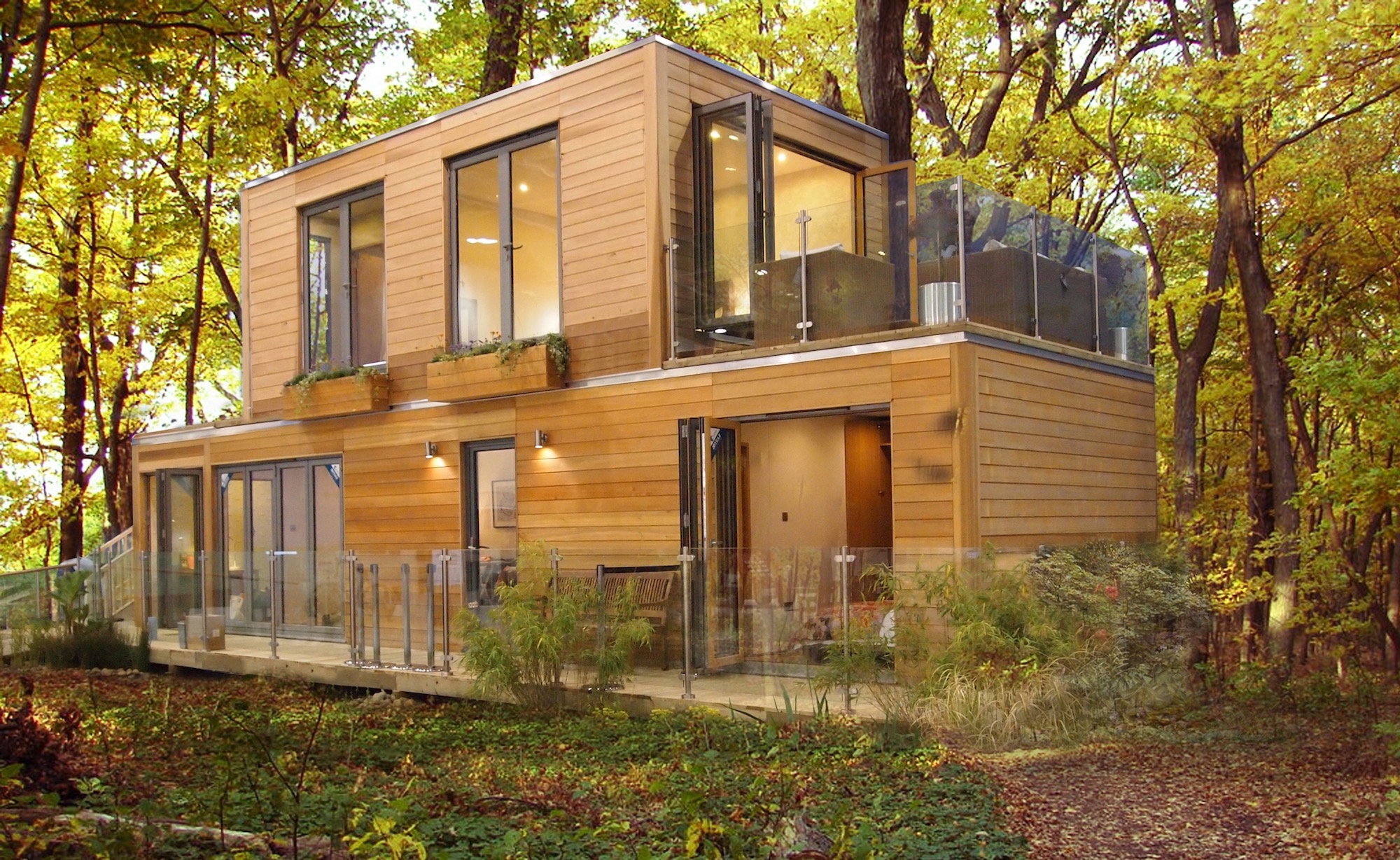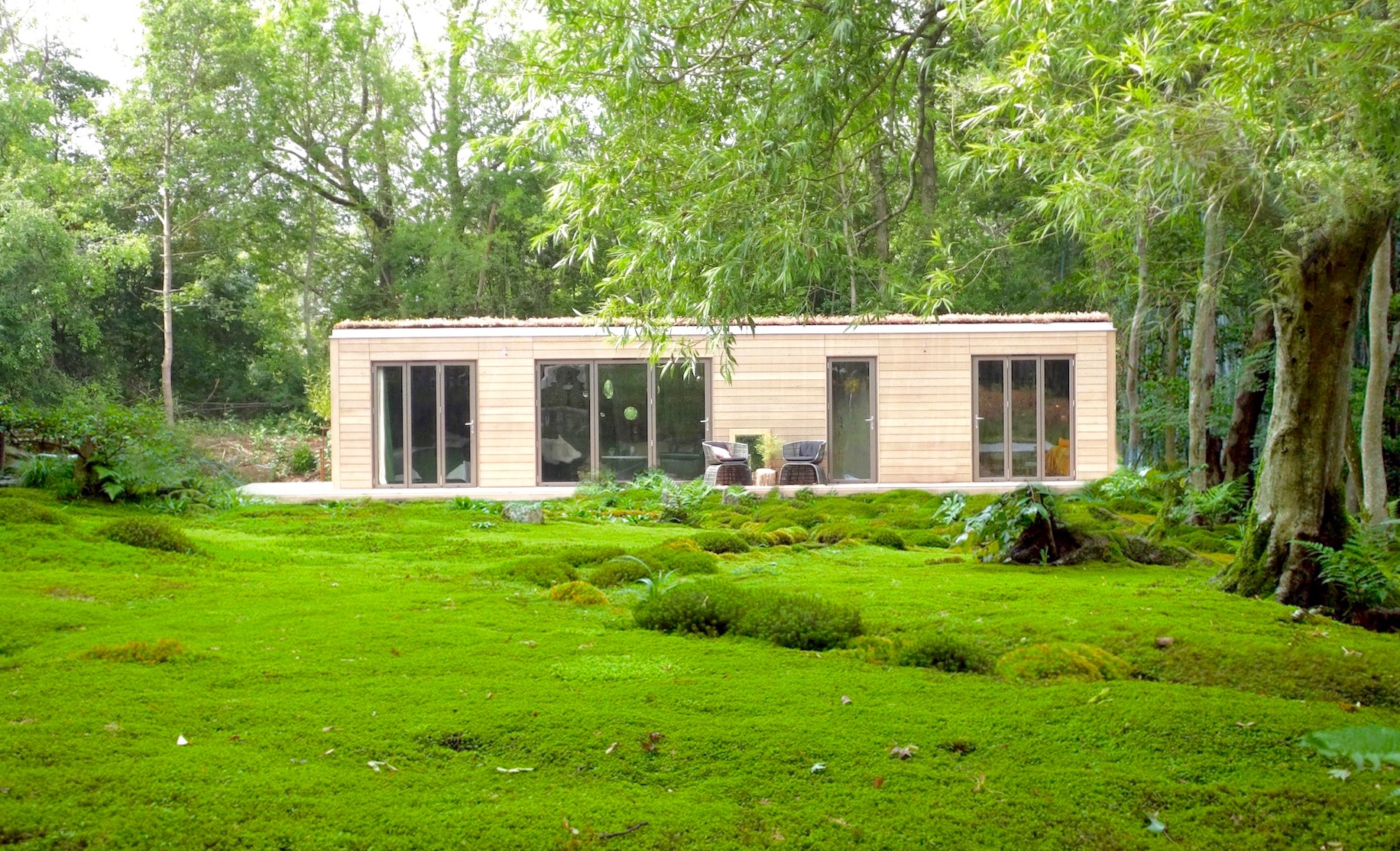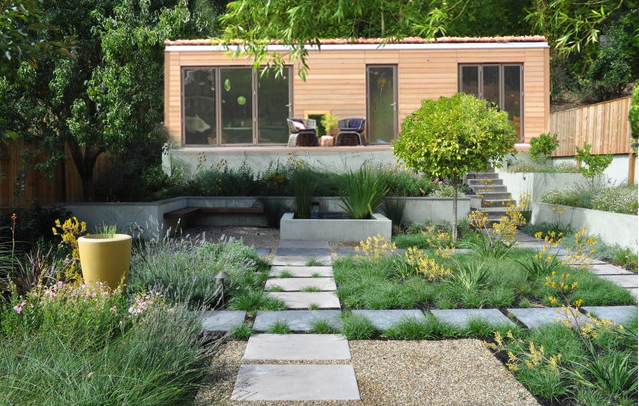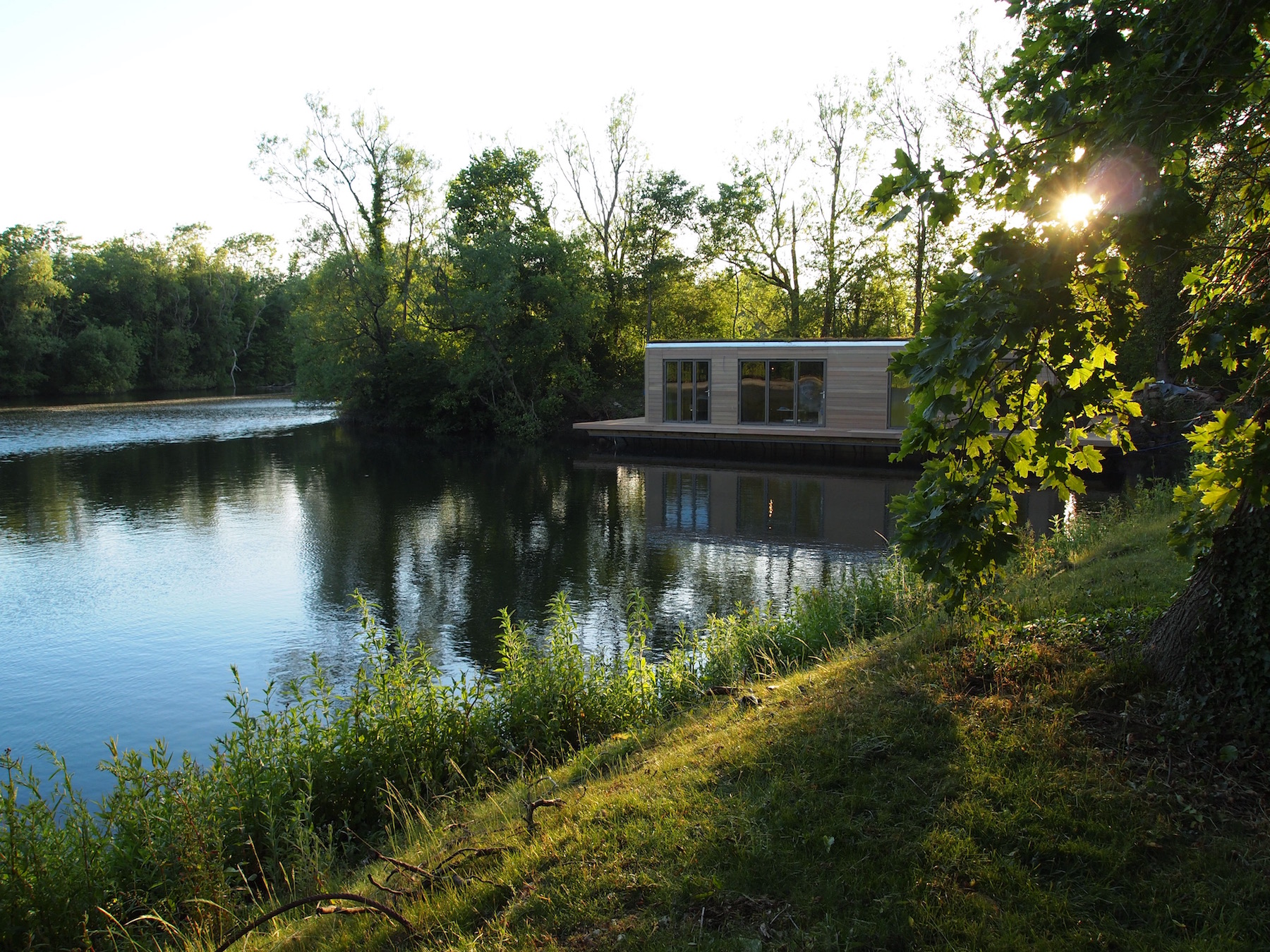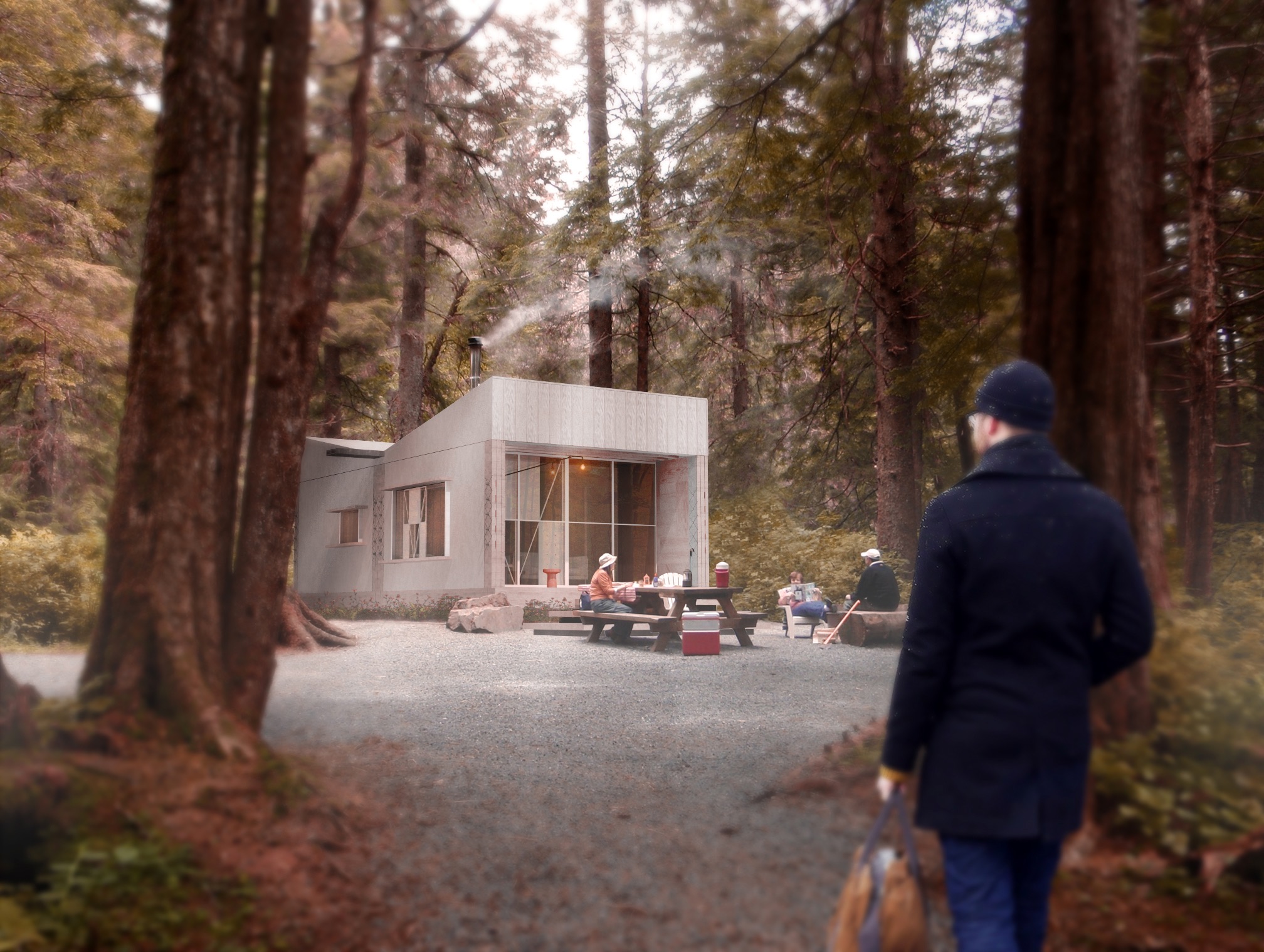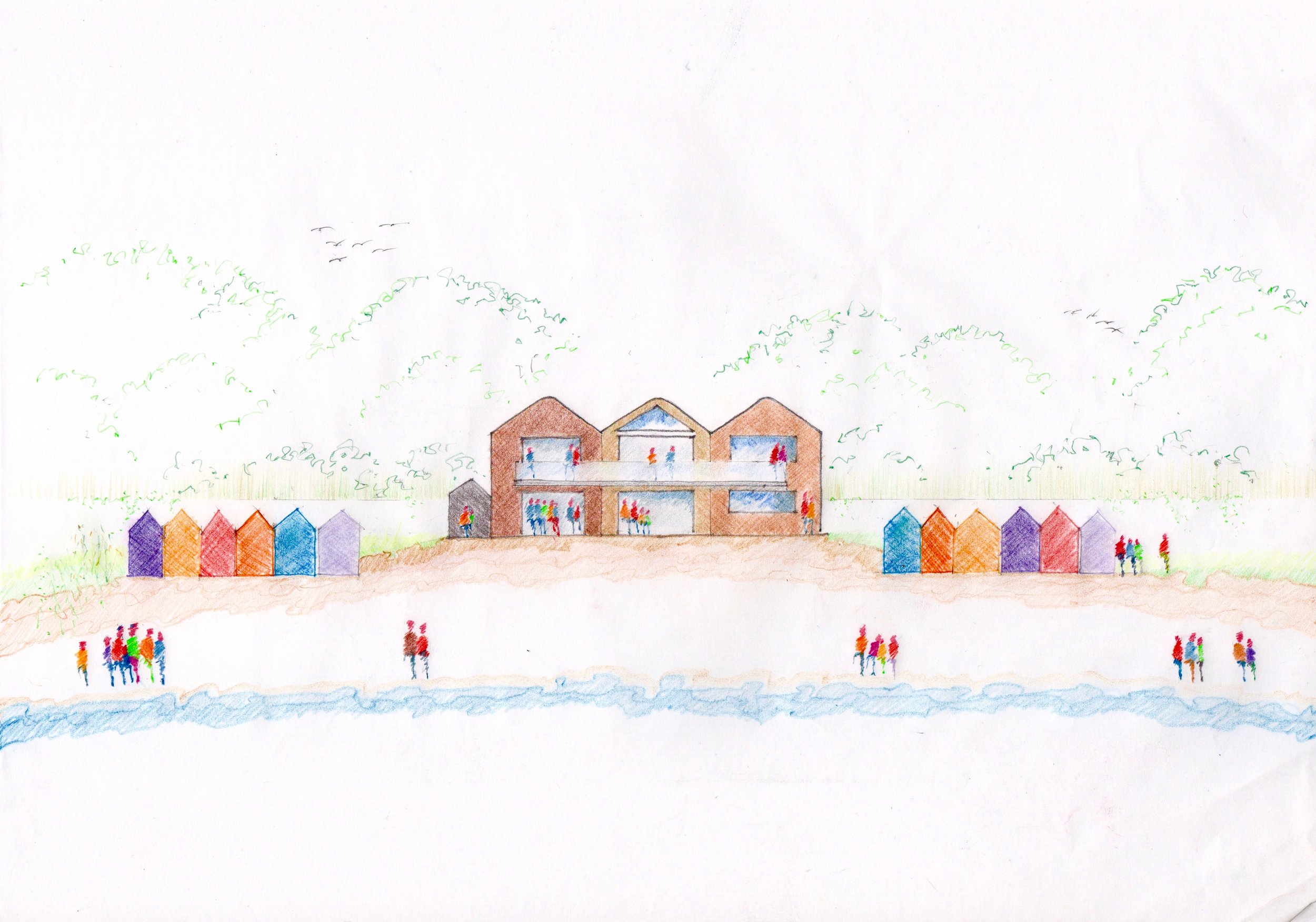Creating the Workspaces of the Future
Workplace design is still catching up with the radical transformation of modern business over the last decade. Flexible hours, remote working, freelancing and the rise of the ‘gig economy’ have coincided with new technologies and the opportunities they afford. While it was once common for hundreds of employees to file into a company’s HQ five days a week, businesses are increasingly concerned with lowering overheads and remaining agile. The workspaces of yesteryear don’t always support these objectives, which is why we need to rethink our work environments for the 21st Century.
Wellbeing
The average employee spends a third of their day in the workplace, so it’s understandable that the workplace can have a significant effect on physical and mental wellbeing. Businesses know the implications of employees who are not fit for work: lost work hours, reduced productivity, and incohesive teams. But how many workplaces are designed with employees’ wellbeing in mind?
Anxiety and stress are two of the biggest causes of illness that workers face in the UK. These two mental health issues alone, often brought on by the demands of day-to-day work, account for as many as 49% of all lost working days, according to the Health and Safety Executive.
Increased technology has led to more information crossing our desks from more sources and at an increased rate. This will only increase with the adoption of AI and machine learning. Being able to collate and analyse more data than ever comes at a cost: overstimulated employees. Performing high pressured roles in an environment that is hostile to wellbeing will only increase stress and anxiety.
Poor acoustics, lack of daylight and overcrowding are hallmarks of unhealthy workspaces. Conversely, employees in office environments with natural elements, such as greenery and sunlight, report a 15% higher level of wellbeing, are 6% more productive, and 15% more creative. The same report reveals the most desired elements in the workspace are natural light (44%), indoor plants (20%), quiet working space (19%), and a view of the sea (17%).
Creativity
We are often told increased automation will free us from the mundane and repetitive tasks, allowing us to concentrate our efforts towards our distinctively human ability to create. But how creative can we be in traditional office spaces, surrounded by uniform banks of desks from Office Depot, grey carpet tiles and white walls? No matter the industry, solving problems, generating ideas, and discovering new opportunities will be key to future growth and innovation. If spreadsheets, Word documents and our inboxes fail to inspire, where will we find the stimulation for the creative work we are promised?
The workspaces that support creativity will be specifically designed to support the people and the activities of the business. Creativity occurs in places where people feel an emotional connection – spaces that are welcoming, engaging, emotionally and physically comfortable. Spaces that encourage collaboration and quiet reflection are equally important to the creative process, as well as spaces that give people control over where and how they work.
There are numerous studies proving that nature nurtures creativity. Artists have long been inspired by the natural environment, but we have failed to recognise it isn’t just artists who are creative, therefore it isn’t just artists whose creativity is enhanced by nature. “Interacting with nature has real, measurable benefits to creative problem-solving”, says David Strayer, professor of psychology at the University of Utah. As technology continues to dominate the workplace, finding ways to reconnect people with the natural environment will help nurture the creativity organisations need to thrive.
Flexibility
The rise of the consumer-led economy has meant companies must continually pivot and innovate to remain relevant. It has also led to the new formation of small, agile companies and a rise of freelance workers able to seize opportunities and move quickly. What types of workspaces offer the flexibility required for this way of doing business?
Freelancers often choose to work from home to keep overheads low. The downside is the home can be full of distractions that are not conducive to productivity and flow. A separate office or studio space in the garden can bring the benefits of the natural environment into the workplace, enable a mental separation between work and home life, and minimise distractions. Unlike traditional brick and mortar buildings, modern spaces can be designed to be relocated, whether that is at the opposite end of the garden or in a new part of the world.
Small businesses and companies with offices in multiple sites can also benefit from these spaces, with the added flexibility of being able to add or remove workspace as required. This minimises risk and upfront investment in property, enabling companies to increase and decrease in size as required.
Finally, flexibility is not all about the space itself, but also location. As urban environments are increasingly oversaturated with densely-built offices, more and more people are commuting into towns and city centres that do not have the infrastructure to cope with this level of mass transit every day. Additionally, the cost of real estate in these places is at a premium. Where else can we build?
Areas of land not considered suitable for traditional buildings are a golden opportunity when combined with creative, agile design. Floating and amphibious buildings offer resilience in coastal regions, beside rivers, and on lakes. Not only is this land significantly cheaper, but by getting away from built-up environments, people can reap the benefits of increased wellbeing, creativity, productivity and flexibility in the workplace.

